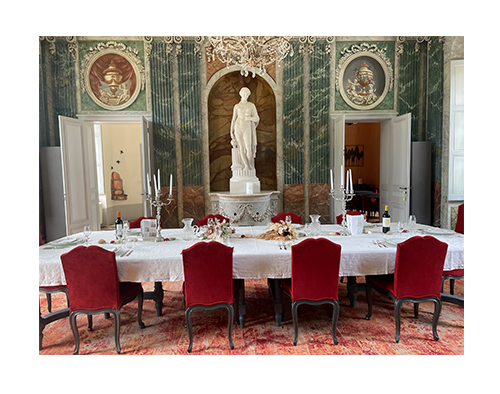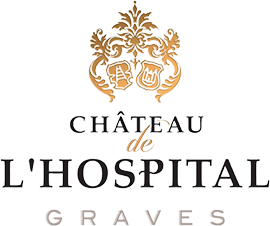
Victor Louis
The Château de L’Hospital was built by the famous architect, Victor Louis, in between 1787 and 1789.
Victor Louis, (born May 10, 1731) was one of the most active of late 18th-century French Neoclassical architects, especially noted for theatre construction.
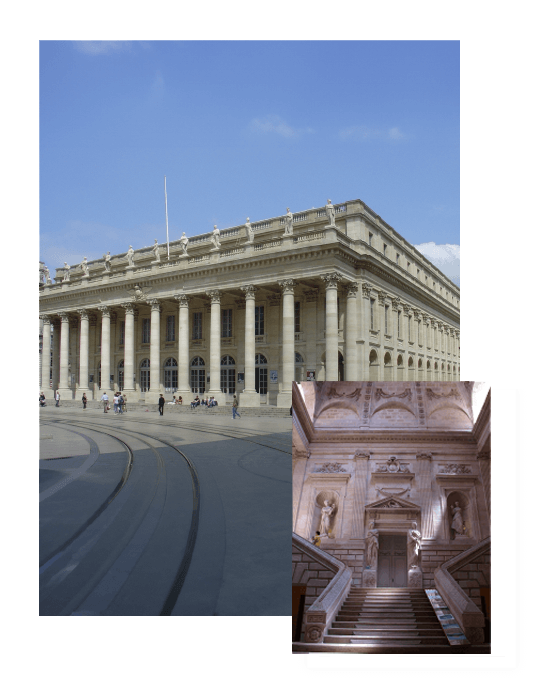
Grand-Théâtre
This was followed by his masterpiece, the Grand-Théâtre, the largest theatre in pre-Revolutionary France that sits at the city center of Bordeaux.
Featuring a striking colonnade of twelve towering Corinthian columns, an elegant Neoclassical vestibule, and a symmetrical staircase illuminated by a glass dome, this architectural masterpiece set the standard for future French theatre designs and served as the inspiration for Charles Garnier’s Paris Opera House.

Sautadéres, Rougier, and Cambon Families
Located to the north of Portets, the estate dates back to the 17th century, when it was known as Sautadères. Built as a country house for the family, it was also used as a refuge from the city to escape the epidemics that ravaged many towns in France and Europe at the time (such as tuberculosis and smallpox).
Over the years, the estate passed through several families of Bordeaux parliamentarians, including the Sautadéres, Rougier and Cambon families, before being passed on to Jeanne Cambon, who later married Jacques de L’Hospital, a King’s Councillor. The estate was originally created as an out-of-town refuge from the epidemics of the time.
De L’Hospital Family
It was through the marriage of Jeanne Cambon and Jacques de L'Hospital that the estate became the property of the latter.
In 1782, Jacques de L’Hospital's daughter Catherine married Jean-Jacques Fournier de la Chapelle, a high and mighty lord, royal councillor, intendant of the generalitat of Auch and colonel of the Portets parish regiment.
In 1787, Jean-Jacques Fournier de la Chapelle further extended the estate and built the current château, which he named ‘de L'Hospital’ in honour of his beloved wife. He employed famous archetiect Victor Louis to lead the construction. The château remained in the family until the mid-19th century.
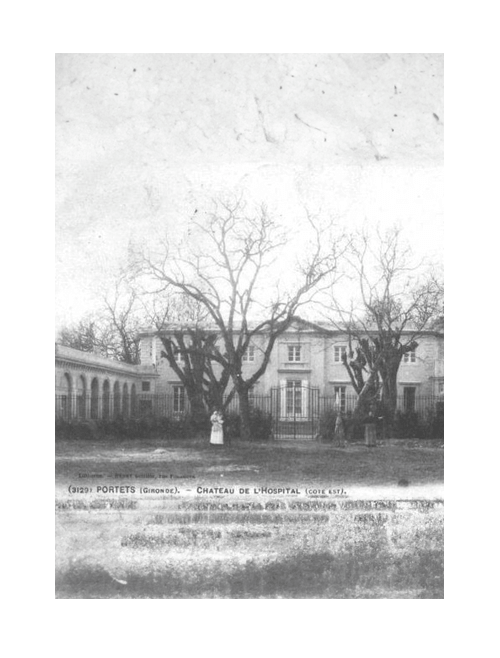

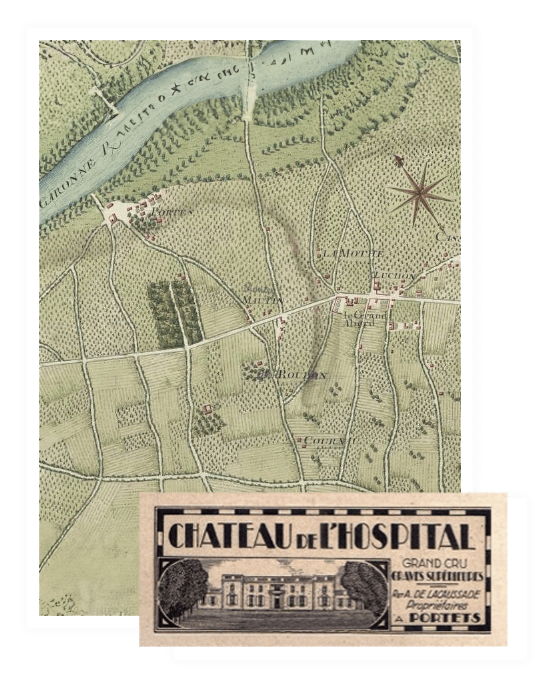
Lacaussade Family
The château remained the property of the Lacaussade family from the mid-19th century until the 20th century. In 1964, following the accidental death of Raymond de Lacaussade, his wife, Madame de Lacaussade took over the estate.
Known for her passion for wine and her strong will, she continued the vinification work. It was under the ownership of the de Lacaussade family that the château was classified as a Historic Monument in 1973.
Battistella Family
By the 21st century, the ownership of the chateau had changed a few times and in that span the property was unfortunately abandoned. Without maintenance and upkeep, it fell into ruin, with many structures completely breaking down.
In 2012, the Battistella family took over the chateau with a spirit of respect, adventure, and sustainability. Their vision was to not just resurrect the estate back to its former glory and splendor but bring it under the banner of sustainability and make it more accessible to the masses.
It took them 5 years of renovation and restoration, but they finally did it.
